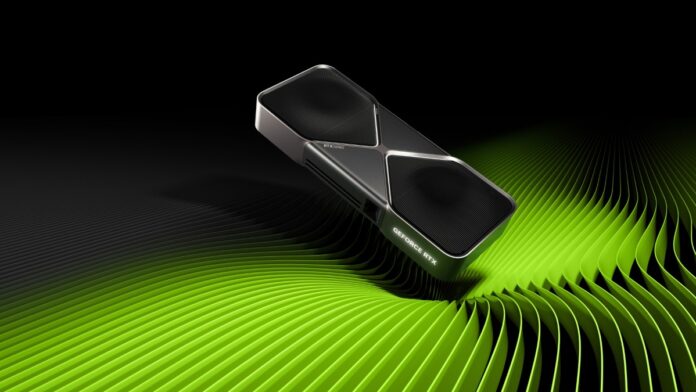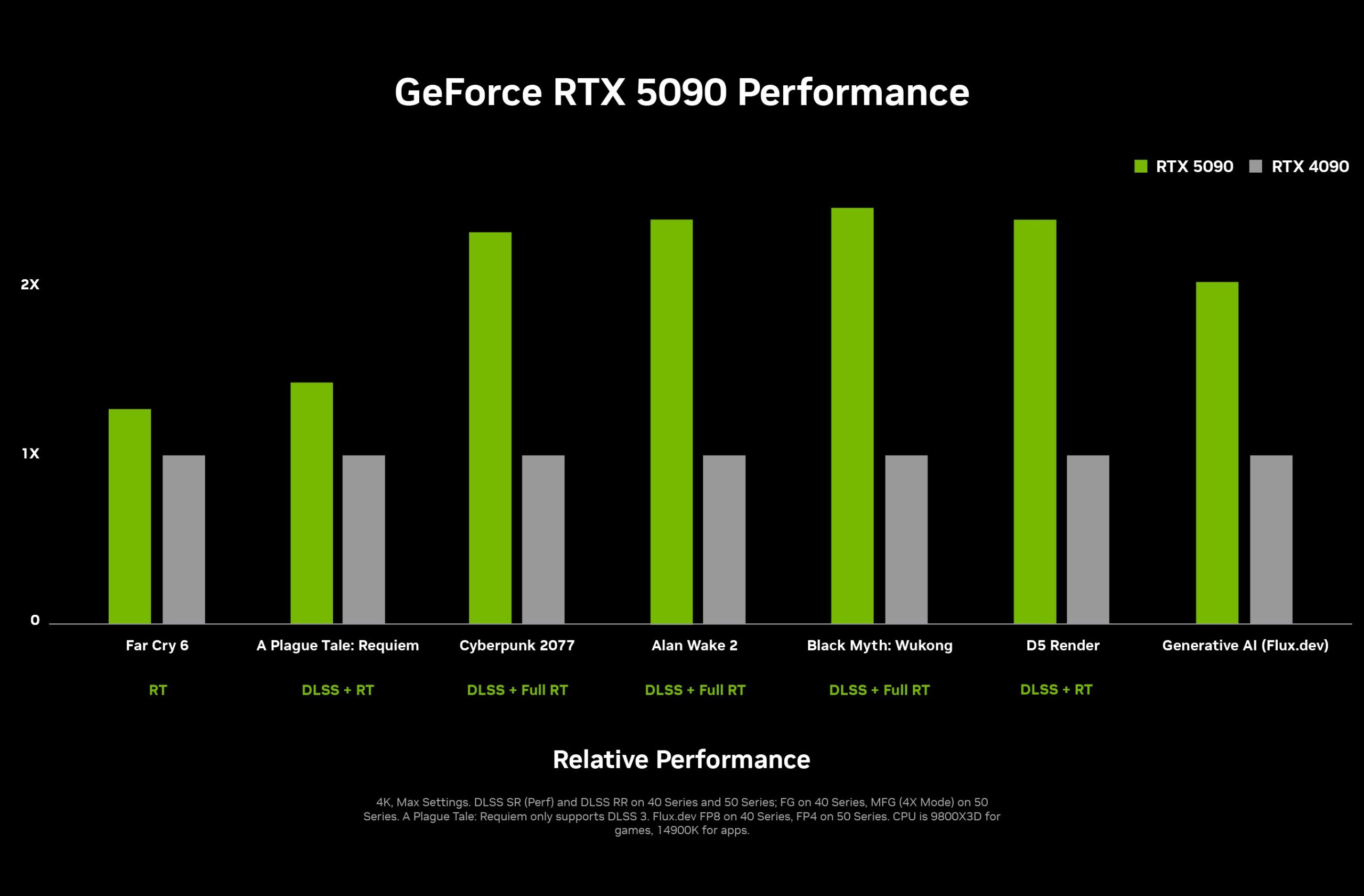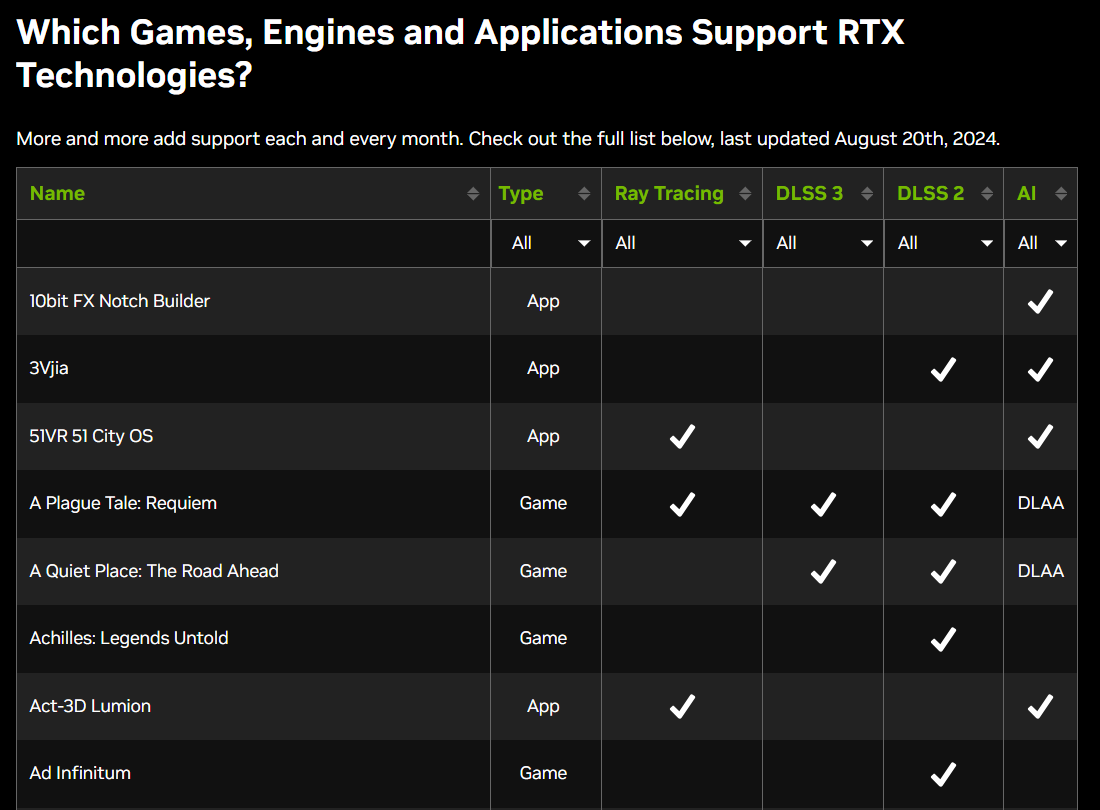NVIDIA has shaken the gaming and tech world all over again, this time boldly claiming performance boosts for its freshly announced GeForce RTX 5090 and others in the Blackwell architecture range. Announced at CES this week, these new GPUs allegedly are twice as fast as predecessors, including that mighty GeForce RTX 4090. On its face, it’s a jump that sounds utterly game-changing-but, as usual with such boastful claims, there’s more to the story than appealing to the eye.
Breaking down NVIDIA’s claims: The AI advantage
The basis for NVIDIA’s argument doesn’t merely come from a point of simple hardware power; instead, they lean on some serious AI-inspired innovations. Following the launch of the first-gen RTX way back in 2018, this is the largest leap NVIDIA took to features that focus on more dramatic DLSS and ray tracing features. However, these not only improve performance and picture quality but obscure clear-cut benchmarks between raw horsepower comparisons.
The DLSS Multi Frame Generation by Nvidia, debuted at CES, brings AI-driven performance enhancements to a whole new level. No longer does one artificially generated frame compensate for one traditionally rendered frame. The RTX 5090 now generates up to three additional frames and promises an up to eight times higher performance boost than typical rendering methods, according to NVIDIA. However, such figures are possible only in those games that completely support DLSS and utilize all the latest features.
The catch: Rasterization vs. AI-enhanced performance
Although games running with DLSS are a wonder to behold when it comes to frame rate improvements, the bulk of available games still run off of standard rasterization. Rasterization is how frames are generally rendered and can be taken as a more earthy perspective of what the GPUs can accomplish sans AI-based capabilities.
However, games without DLSS support bring the performance jump of the RTX 5090 to appear much less revolutionary. According to NVIDIA’s benchmarks, the pure rasterization performance of the RTX 5090 is ahead by 20% to 40% for the RTX 4090. That represents a good generational jump but is far shy of the “twice as fast” the company touts in its advertising.
What this means for gamers
The practical impact will depend on what you’re gaming on, however. If your game is a modern AAA title with support for ray tracing and DLSS, the RTX 5090 might represent a class of its own for a gaming experience unmatched anywhere else. Games such as Cyberpunk 2077 or Microsoft Flight Simulator may well change performance and visuals thanks to DLSS Multi Frame Generation.
While performance will feel more incremental if you play mostly older or indie games without DLSS support, this also means that the availability of rasterization for such titles limits the use of all potential power that the RTX 5090 has to offer.
NVIDIA’s growing ecosystem and market influence
Undeniably, Nvidia’s RTX series has an expansive ecosystem. Since 2018, more than 700 games had supported Nvidia’s RTX features such as ray tracing and DLSS. This goes to show that NVIDIA is actually dominating the gaming space. Indeed, according to Steam, more than 40% of Steam users are using RTX-capable GPUs. Even premium models, the highest of which is the RTX 4090, hold a 1% market share on Steam.
The NVIDIA also dominates the overall GPU market on Steam. More than 75% of the GPUs on Steam belong to NVIDIA, thus making RTX features a commonality rather than a luxury item.
RELATED
The verdict: Should you believe the hype?
NVIDIA’s RTX 5090 brings impressive new features and huge leaps in AI-powered performance, but the “twice as fast” claim should take a grain of salt. It is exciting to talk about the tremendous leaps in frame rate boosts in games supporting DLSS, though real world gains on rasterizing games stay much closer to the classical leaps that generational improvements bring.
The GeForce RTX 5090 will be available from January 30th, starting at $1,999, and early adopters will probably be eager to see independent benchmarks to validate NVIDIA’s claims. For now, it’s clear that NVIDIA continues to push the boundaries of GPU technology, cementing its position as the leader in the graphics card market.



